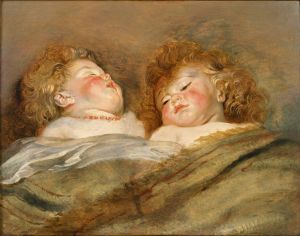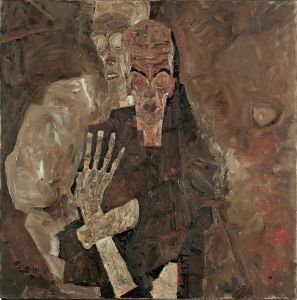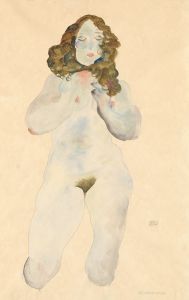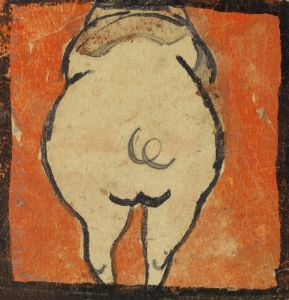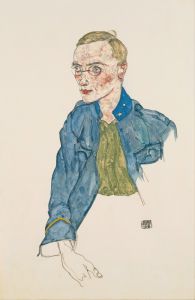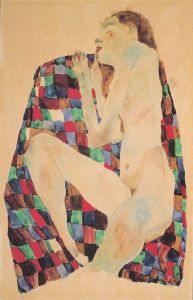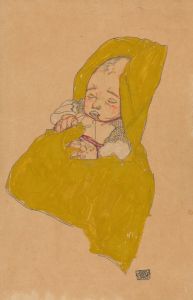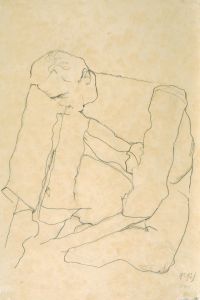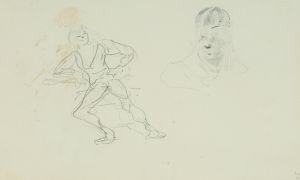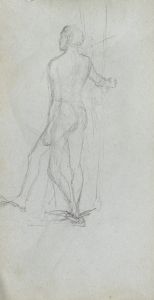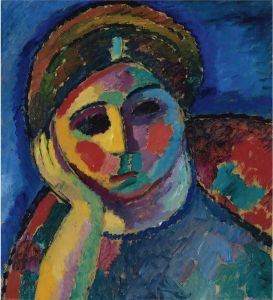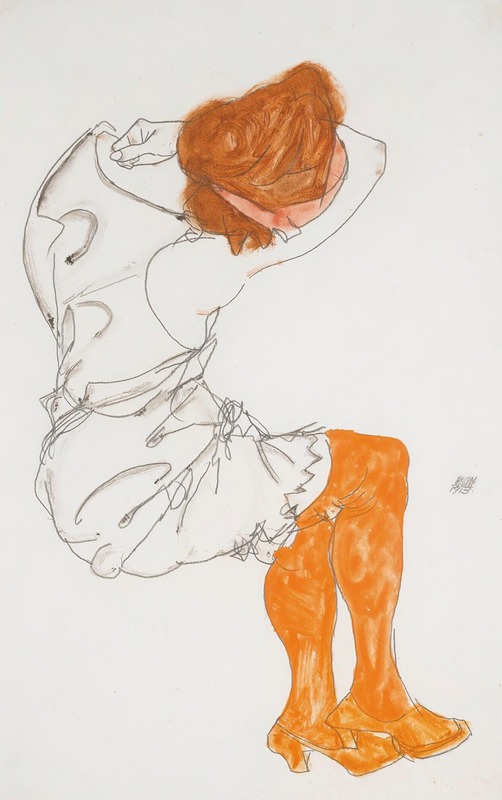
Das Schlafende Mädchen
A hand-painted replica of Egon Schiele’s masterpiece Das Schlafende Mädchen, meticulously crafted by professional artists to capture the true essence of the original. Each piece is created with museum-quality canvas and rare mineral pigments, carefully painted by experienced artists with delicate brushstrokes and rich, layered colors to perfectly recreate the texture of the original artwork. Unlike machine-printed reproductions, this hand-painted version brings the painting to life, infused with the artist’s emotions and skill in every stroke. Whether for personal collection or home decoration, it instantly elevates the artistic atmosphere of any space.
Egon Schiele, an Austrian painter known for his distinctive style and contribution to early 20th-century art, created a work titled "Das Schlafende Mädchen" (The Sleeping Girl). Schiele, a protégé of Gustav Klimt, was a major figure in the Expressionist movement, and his work is characterized by its intensity and raw emotional power. His art often explored themes of sexuality, death, and the human form, frequently pushing the boundaries of what was considered acceptable in his time.
"Das Schlafende Mädchen" is one of Schiele's many works that focus on the human figure, a subject he returned to repeatedly throughout his career. Although specific details about this particular painting are limited, it is consistent with Schiele's broader oeuvre, which often depicted figures in contorted poses, emphasizing their vulnerability and emotional depth. Schiele's use of line and color was bold and expressive, capturing the psychological complexity of his subjects.
Schiele's approach to portraiture and figure painting was revolutionary for its time. He often used his subjects to explore deeper existential themes, and his work is noted for its honesty and unflinching portrayal of the human condition. His figures are frequently depicted in isolation, which can evoke a sense of introspection or alienation. This is reflective of the broader Expressionist movement, which sought to convey emotional experience rather than physical reality.
The period during which Schiele created "Das Schlafende Mädchen" was marked by significant personal and professional development. In the early 1910s, Schiele was gaining recognition for his work, despite facing controversy and legal challenges due to the provocative nature of his art. His style evolved rapidly during this time, becoming more refined and complex. Schiele's work from this period is characterized by a greater emphasis on composition and a more sophisticated use of color and form.
Schiele's influence on modern art is profound. His exploration of the human psyche and his innovative approach to form and composition have inspired countless artists. Despite his relatively short life—he died in 1918 at the age of 28 from the Spanish flu—Schiele's legacy endures. His work continues to be celebrated for its emotional depth and technical mastery.
"Das Schlafende Mädchen," like many of Schiele's works, exemplifies his ability to capture the essence of his subjects with a few bold strokes. The painting is a testament to his skill as a draftsman and his unique vision as an artist. While specific details about the painting's provenance or exhibition history may not be well-documented, it remains an important part of Schiele's body of work, illustrating his enduring fascination with the human form and his commitment to exploring the complexities of human emotion through art.






